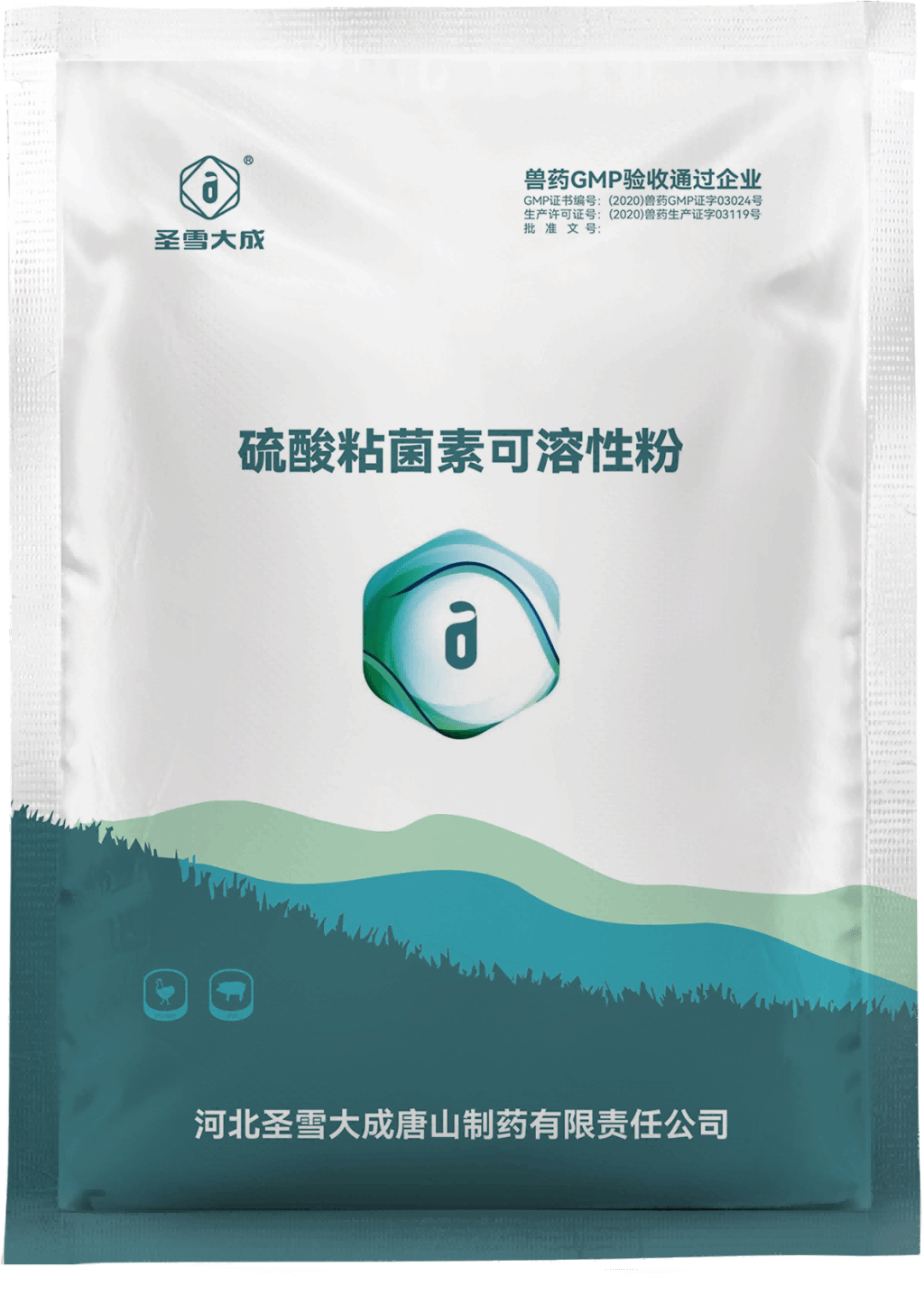Tel:0086 18231198596

News
Current Position:
Home >
News
>Risk Mitigation Strategies: Colistin Sulfate Soluble Powder in Animal Production.
Risk Mitigation Strategies: Colistin Sulfate Soluble Powder in Animal Production.
TIME:2024-01-19
I. Colistin Sulfate in Animal Production:
Historical Use and Effectiveness:
Colistin sulfate, a polymyxin antibiotic, has been widely used in animal production due to its efficacy against Gram-negative bacteria. It has played a crucial role in treating and preventing bacterial infections, contributing to the overall health and productivity of livestock and poultry.
Challenges and Concerns:
Despite its historical effectiveness, colistin sulfate use has raised significant concerns. These include the emergence of antibiotic-resistant strains, environmental contamination, and potential impacts on food safety, necessitating a reevaluation of its role in animal production.
II. Antibiotic Resistance and Environmental Impact:
Antibiotic Resistance in Bacteria:
The misuse and overuse of antibiotics, including colistin sulfate, have led to the development of antibiotic-resistant strains of bacteria. This poses a threat to both animal and human health as the transfer of resistant genes can occur through various pathways.
Environmental Contamination:
The excretion of colistin sulfate by treated animals can result in the release of the antibiotic into the environment. This environmental contamination contributes to the spread of resistance genes and poses risks to ecosystems, including water sources and soil.
III. Risk Mitigation Strategies:
Reducing Antibiotic Usage:
A fundamental strategy for mitigating risks associated with colistin sulfate is to reduce overall antibiotic usage in animal production. This involves adopting alternative disease prevention measures, optimizing animal husbandry practices, and embracing the concept of responsible antibiotic use.
Alternative Therapies and Prophylaxis:
Exploring and implementing alternative therapies, such as phage therapy or probiotics, can provide effective alternatives to antibiotics. Prophylactic measures, such as improved biosecurity and vaccination, aim to prevent disease outbreaks and reduce the need for routine antibiotic use.
IV. Responsible Use and Stewardship:
Veterinarian Oversight:
Implementing a system of veterinarian oversight ensures that the use of colistin sulfate is guided by professional expertise. Veterinarians play a crucial role in prescribing antibiotics, assessing animal health, and determining the necessity of antibiotic treatment.
Educating Stakeholders:
Education and awareness programs targeted at farmers, animal caretakers, and industry stakeholders are essential. Providing information on responsible antibiotic use, potential risks, and alternative practices fosters a culture of stewardship within the animal production sector.
V. Regulatory Measures and Guidelines:
Regulating Antibiotic Use:
Governments and regulatory bodies play a pivotal role in implementing and enforcing regulations that govern antibiotic use in animal production. This includes establishing withdrawal periods, setting maximum residue limits, and monitoring compliance with responsible use guidelines.
Global Collaboration:
Collaborative efforts on a global scale are essential to address the transboundary nature of antibiotic resistance. International cooperation can lead to the development of harmonized guidelines, data sharing, and a unified approach to mitigating risks associated with colistin sulfate use.
VI. Research and Innovation:
Development of Alternative Compounds:
Research efforts focus on the development of alternative compounds that can replace or complement colistin sulfate. This involves exploring new antibiotics, antimicrobial peptides, and innovative approaches to combat bacterial infections in animals.
Technological Advances in Animal Health:
Harnessing technological advances, such as precision agriculture and data analytics, can enhance disease monitoring and management in animal production. These tools enable early detection of infections, allowing for targeted interventions and reducing the reliance on antibiotics.
VII. Addressing Food Safety Concerns:
Residue Monitoring and Testing:
Rigorous monitoring and testing programs are crucial to ensure that colistin sulfate residues in animal products remain within safe limits. Regular checks at various points in the food supply chain help identify and address potential food safety risks.
Consumer Awareness:
Transparent communication with consumers about food safety measures is vital. Educating the public on antibiotic residue monitoring, regulatory controls, and the commitment of the industry to produce safe and responsibly sourced animal products builds consumer trust.
VIII. Future Directions and Collaboration:
Advancements in Precision Medicine:
Precision medicine concepts are increasingly applied to animal health. Tailoring antibiotic treatments based on individual animal characteristics, disease susceptibility, and microbial profiles represents an avenue for minimizing risks and optimizing therapeutic outcomes.
Multi-Stakeholder Collaboration:
The involvement of multiple stakeholders, including governments, veterinarians, farmers, researchers, and consumers, in collaborative initiatives is essential. Shared responsibility and collaborative action contribute to holistic and effective risk mitigation strategies.
IX. Conclusion:
Mitigating the risks associated with colistin sulfate soluble powder in animal production requires a multifaceted approach that encompasses responsible use, regulatory measures, research, and innovation. The collective efforts of the animal production sector, governments, researchers, and consumers are crucial in fostering a sustainable and ethical framework for antibiotic use. As collaborative initiatives continue to evolve, the future holds promise for a balanced approach that ensures the health and welfare of animals while safeguarding public health and the environment.

 CONTACT
CONTACT




